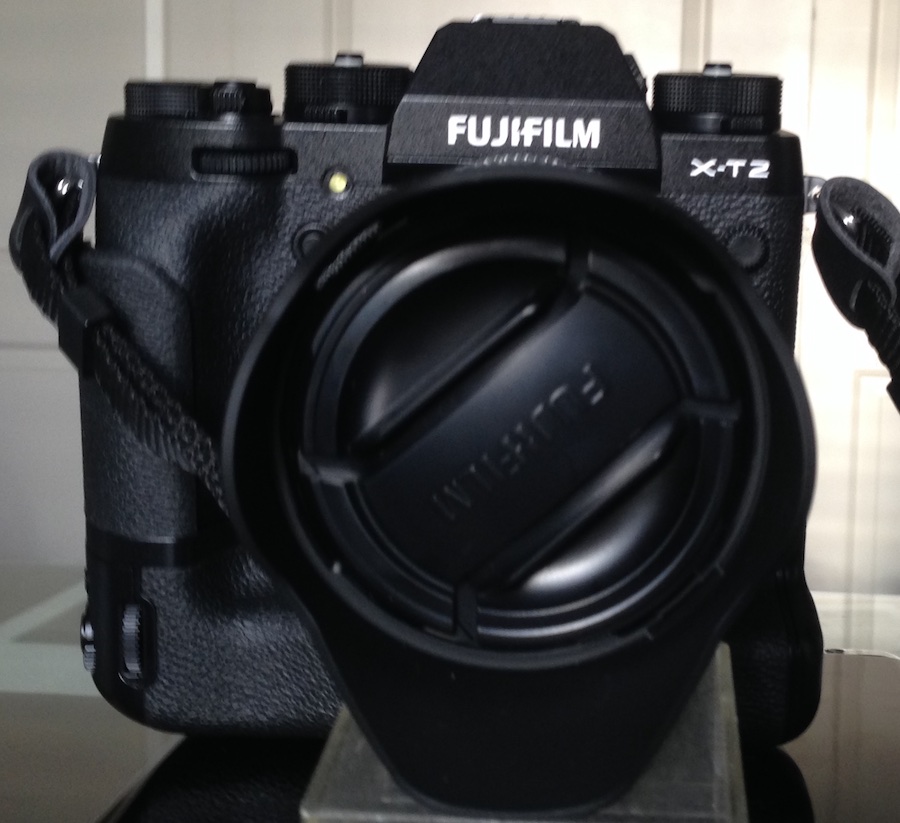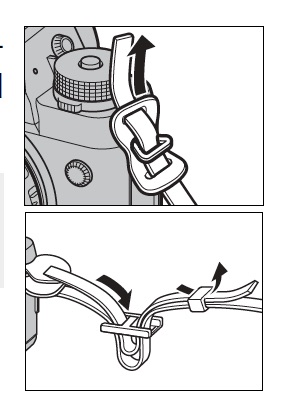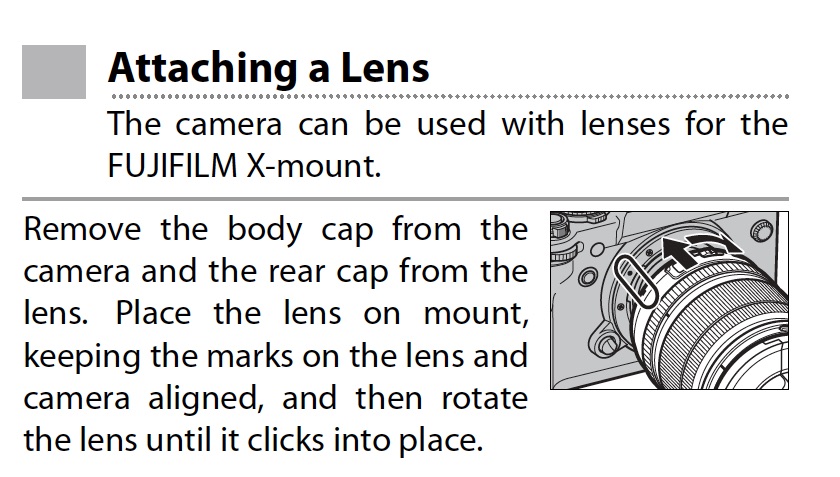“It was the best of times, it was the worst of times, it was the age of wisdom, it was the age of foolishness, it was the epoch of belief, it was the epoch of incredulity, it was the season of Light, it was the season of Darkness, it was the spring of hope, it was the winter of despair, we had everything before us, we had nothing before us, we were all going direct to Heaven, we were all going direct the other way – in short, the period was so far like the present period, that some of its noisiest authorities insisted on its being received, for good or for evil, in the superlative degree of comparison only.”
— Charles Dickens, A Tale of Two Cities —
No doubt much of this sentiment vividly echoes today. We are living in turbulent times, but we are also living in the most advanced, wondrous time the world has ever known. The video below will offer a glimpse into this proposition and hopefully some JBRish readers will find inspiration and motivation to achieve more than they thought you could.
Undoubtedly some may find it a bit too proselytizing or idealistic and that’s OK too. If you don’t enjoy this style of video, or it just isn’t your thing, I hope that the quotes below, from the video, will provide food for thought.
NOTES
- The video below has some NSFW language. Of course nowadays it may be difficult to judge what NSFW even means, but I would find some of the language offensive if my young child heard them or I had a middle schooler who wasn’t mature enough to hear them. Please consider this before you read further or watch the video.
- The video is comprised of numerous clips from motion pictures, lectures, speeches, etc. and it is a bit lengthy, coming in at 38:24, but it goes fast IMHO.
Some quotes from the video, but not all the quotes:
- “Excuses sound best to the people who are making hem up.” — Tyrese Gibson
- “You can’t talk yourself out of something that you behaved yourself into!” — Stephen Covey
- “It took me twelve years to get a four year degree but I got it and guess what, on a degree it don’t have dates. So if it took you four and it took me twelve it don’t show up nowhere, but I’m exactly where I want to be.” — Eric Thomas [some editing applied]
- “I don’t believe people are looking for the meaning of life as much as they are looking for the experience of being alive.” — Joseph Campbell
- “The world shall perish not for lack of wonders, but for lack of wonder.” — J.B.S. Haldane



